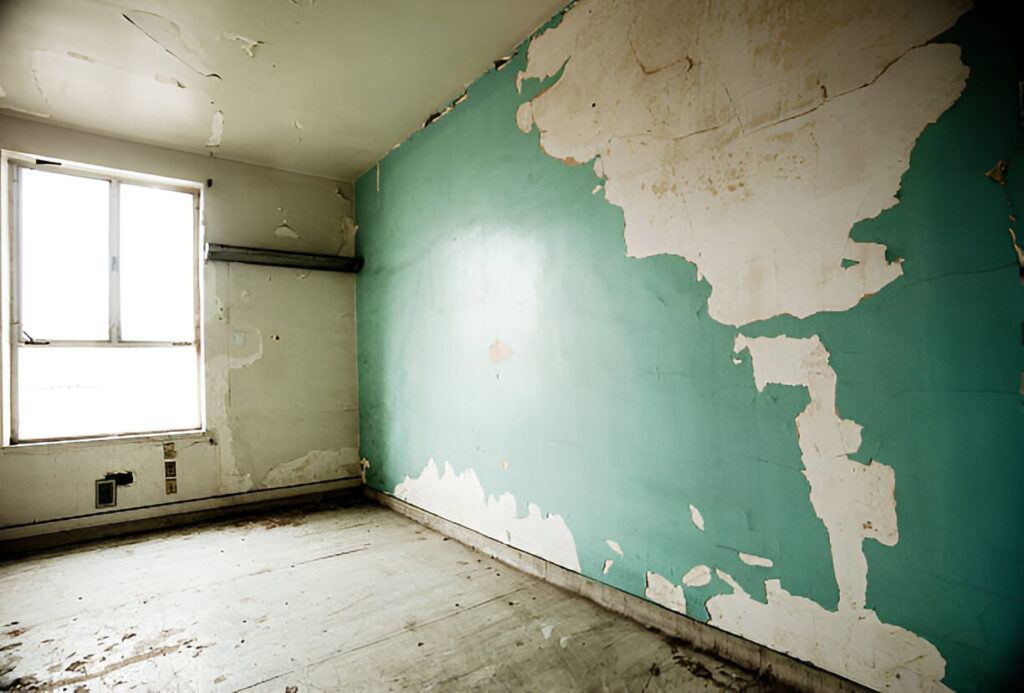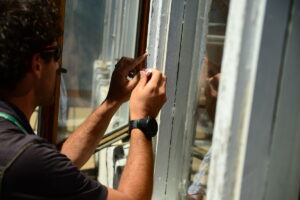If you own rental property in New York City and have families with young children living in your buildings, you’ve probably come across NYC Local Law 31. While it can feel a lot like just another regulation to navigate, it’s actually pretty straightforward once you understand what it’s asking for – and more importantly, why it exists.
Lets read this blog to know everything about this law.
What is NYC Local Law 31?
NYC Local Law 31 was passed in 2020 to strengthen New York City’s lead safety rules. Essentially, it requires annual inspections in apartments where children under six years old live. The law builds on Local Law 1 from 2004 but takes things a step further with more frequent inspections.
But why solely focus on kids? Kids under six are particularly susceptible to lead poisoning because their brains and bodies are under development. Even trace amounts of this dangerous material can cause issues such as learning challenges, delays in development, and even behavioral issues. The city’s approach is simple: find potential lead problems early, before any child gets hurt.
According to this law, you need to have annual visual inspections carried out by certified professionals in any residential building where children under six reside. These inspections include looking for things such as peeling paint and chipping surfaces.
Who Does This Law Apply To?
All residential buildings that have been constructed before 1960 and between 1960 and 1978 are required to follow this law.
As the property owner, you’re responsible for identifying which apartments have children under six. This information usually comes from lease applications, tenant notifications, or HPD records. The law does place this responsibility on you, so claiming you weren’t aware that kids under six were living in the unit does not suffice as a valid excuse.
The only exceptions:
- Newly constructed buildings
- Owner-occupied homes with fewer than three units
What Are the Annual Inspection Requirements?
Your first order of business is arranging for a certified lead inspector to visit your apartments annually. There’s a catch, though. You need to make sure they’re trained according to EPA regulations and have all the necessary certifications to carry out the inspection.
Next, during the inspection itself, the inspector will examine:
- Window sills and frames
- Door frames and doors
- Walls and ceilings
- Stairways and hallways (in common areas)
- Exterior surfaces accessible to children
- Any areas with previous lead violations or remediation work
What your inspector is looking for here are signs of chipped paint.
Documentation and Reporting
Arguably, the most important part of the actual process is keeping good records. You need to document:
- Inspector certification information
- Inspection dates and what was found
- Photos of any problems identified
- What you did to fix issues
- Clearance testing results after any remediation work
If your inspector comes across lead hazards, you’d better believe you’re not just to sit on this information! It’s important to take swift action to address these issues. Hire EPA-certified contractors to begin remediation immediately. Once this is done, you need to get a clearance test carried out to prove the lead hazards are truly gone.
Lastly, give your tenants copies of inspection reports and notify HPD about lead hazards that come up. Failing to go through with this can cause some serious fines.
Remediation Requirements
If an inspection turns up lead hazards, every second counts here. The law sets specific deadlines for addressing different types of problems, with more serious situations requiring faster action.
Key remediation timelines and requirements:
- Peeling paint hazards: You typically have 10-21 days to complete the fix, depending on how extensive the problem is
- More complex situations: May get longer timeframes, but you still need to put interim safety measures in place right away to protect residents
- All repair work: Must follow EPA-approved lead-safe practices, including properly containing work areas, using HEPA filtration systems, and following specific cleanup procedures to prevent spreading lead dust
Tenant Rights and Protections
The law includes important protections for families living in these apartments:
- Advance notice: You need to give tenants at least 48 hours’ notice before inspections and remediation work
- Temporary relocation: Sometimes remediation work can’t be done safely while people are living in the apartment – when that happens, you might need to provide temporary housing, and you’re generally responsible for those costs
- Documentation access: Tenants have the right to receive copies of inspection reports and documentation of any work done in their apartments – this transparency helps families understand the lead safety status of their homes
Also Read: What Does an EPA Lead Paint Inspector Do and Why You Might Need One
Moving Forward Safely
Understanding and following NYC Local Law 31 is simply part of responsible property ownership when you have young families as tenants. While the requirements might seem detailed at first, working with qualified professionals and maintaining good documentation practices will help ensure compliance while protecting the health of the children in your buildings.
Manhattan Lead specializes in helping property owners navigate NYC Local Law 31 compliance. Our certified inspectors understand the specific requirements for annual inspections and can help you maintain compliance while protecting your young tenants from lead exposure.
We provide comprehensive inspection services, detailed documentation, and expert guidance on any remediation work that may be needed. Trust us to keep your properties compliant and your families safe! Contact us today to schedule your required annual inspections.




